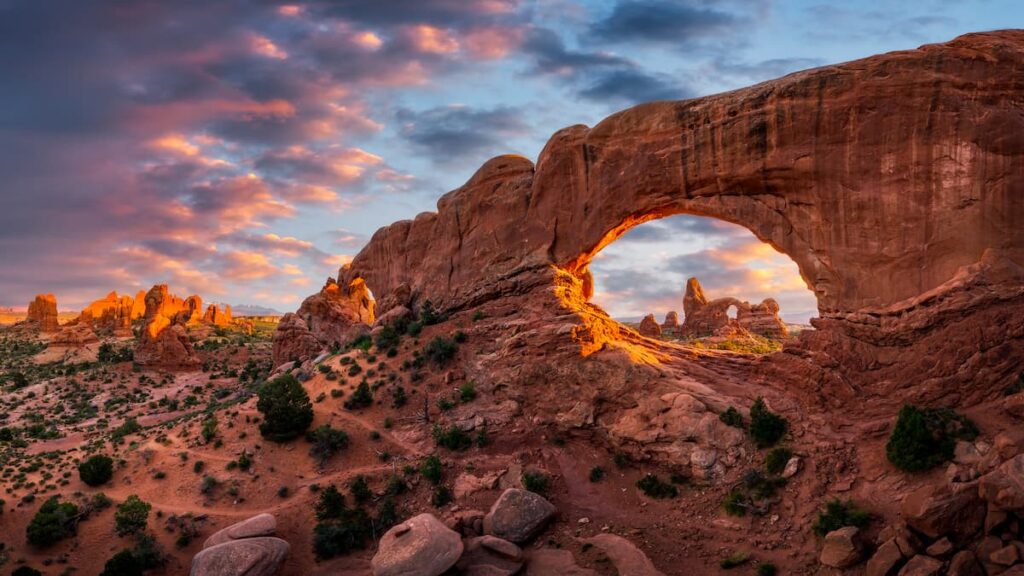As spring break kicks off and summer approaches, U.S. national parks are bracing for a turbulent season marked by understaffing, delayed hiring, and the lingering effects of policy changes. What was once a welcome time for families and outdoor enthusiasts may now become a logistical and safety challenge across the National Park Service (NPS) system.
Following a January 2025 federal hiring freeze and the February termination of over 1,000 park personnel—including early retirement and buyout offers—parks across the country are struggling to fill essential seasonal roles. Though a federal judge later ruled the firings unlawful and ordered reinstatement, the damage was already done.
“National parks in the Southwest are already busy,” says Cassidy Jones, senior visitation program manager at the National Parks Conservation Association (NPCA). “Seasonal hiring was extremely delayed, and many seasonal employees aren’t even on the job yet.”
Visitor Safety and Services at Risk
Concerns are growing among current and former NPS employees about reduced ranger staffing, which could affect emergency response times, fire preparedness, and public safety. Dan Wenk, a former deputy director of the NPS and past superintendent at Yellowstone and Mount Rushmore, warns that 2025 could be a “hold-your-breath year.”
“Every forest fire takes people away from their duty station. That affects the level of service and protection,” Wenk says. Rangers with fire training are essential, but many chose not to return after job offers were rescinded. “The question is: are they available now? Did they take other jobs when they thought they weren’t going to have one?”
Rick Mossman, president of the Association of National Park Rangers (ANPR), estimates that nearly a quarter of park personnel were lost to recent retirement incentives. He warns that trying to keep parks fully open with limited staff could lead to “visitor deaths due to no or slow response to medical emergencies.”
Basic Services and Access Also Impacted
The public may feel the impact at entry gates, visitor centers, and during routine operations. According to one anonymous East Coast ranger, staff may be forced to process up to 300 vehicles per hour with little time to provide essential orientation, safety info, or updates on trail conditions.
“There are fewer folks to staff visitor centers,” adds Jones, “so we see reduced hours and sometimes entire days when centers are closed.”
Despite these realities, Interior Secretary Doug Burgum issued an April 3 directive that all parks remain “open and accessible.” Mossman calls the order “impossible,” pointing out that NPS staffing is now lower than in 1980, when the system had fewer than 350 sites—compared to 433 units today, including 63 National Parks.
Long-Term Impact on Preservation and Science
Beyond tourism and operations, the staffing crisis could jeopardize decades of scientific and preservation work. Jones notes that archaeologists, biologists, and behind-the-scenes staff were among those cut. “There’s a lot of long-standing projects—monitoring endangered species, invasive species research—that are just on pause.”
During the 2019 government shutdown, minimal staffing led to trash buildup, damaged facilities, and food waste that conditioned wildlife like bears to associate humans with food, often ending in euthanasia of “second offender” animals.
Wenk recommends visitors plan ahead and bring extra trash bags—not just for their waste, but to help pick up what others leave behind. “The biggest thing I worry about is damage to resources,” he said. “The short-term stuff—long lines, canceled ranger programs—will pass. What matters is protecting parks into perpetuity.”
Visitors Urged to Plan, Prepare, and Stay Flexible
Rachel Pawlitz, public affairs chief for the NPS, encourages all travelers to research their destination, check operating hours, and download the NPS App for real-time updates. “Have a backup plan. Understand what passes or reservations are needed. Be informed before you arrive.”
Wenk suggests looking beyond the iconic parks. “This might be the year to skip Yosemite, Yellowstone, or Glacier and explore lesser-known parks that tell America’s story. If this is your once-in-a-lifetime visit, make sure you’re well-prepared before you get to the gate.”


